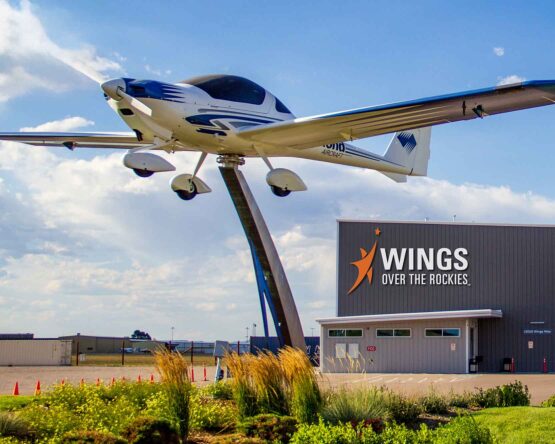McDonnell initially created the F-4 Phantom II for the US Navy in 1958 to provide defensive “top cover” for the fleet, however, the F-4 went on to serve with the Air Force, Marines, and 15 other nations around the world. It has served as an interceptor, a fighter, a bomber, a close-support attack aircraft, a reconnaissance aircraft, an air defense suppression platform, and as a target drone. As of 2022, four air forces are still flying the Phantom, 64 years after the first F-4 flew.
Like other interceptors of the time, the F-4 was designed around an all-missile armament system with the expectation that air combat would take place at a distance. American pilots learned in the Vietnam War that air-to-air combat quickly degenerated into close-in dogfights, where the Phantom was at a disadvantage because its missiles had to fly a certain distance before they were armed. To make the F-4 more effective in these dogfights, the Air Force had McDonnell Douglas design the F-4E model with a multi-barrel 20mm rotary cannon in the nose.
In addition to the Vietnam War, Phantoms saw combat in the Middle East with the Israeli Air Force, in the wars between Iran and Iraq, and in Operation Desert Storm.
The F-4E Phantom II at Wings served with the US Air Force in several testing projects at Edwards, Wright Patterson, and MacDill AFBs before being transferred to Lowry AFB in 1982 for use as a munitions loading trainer. It is on loan from the National Museum of the US Air Force.
Aircraft specifications:
Wingspan: 38 ft 5 in (11.7 m)
Length: 63 ft (19.2 m)
Maximum speed: Mach 2.23 (1,473 mph; 2,371 km/h)
Maximum weight: 41,500 lb (18,824 kg)
Seats: 2
Engines: two GE J79-GE-17 turbojets
Total thrust: 35,690 lb (with afterburner)
 Air & Space Museum
Air & Space Museum

















